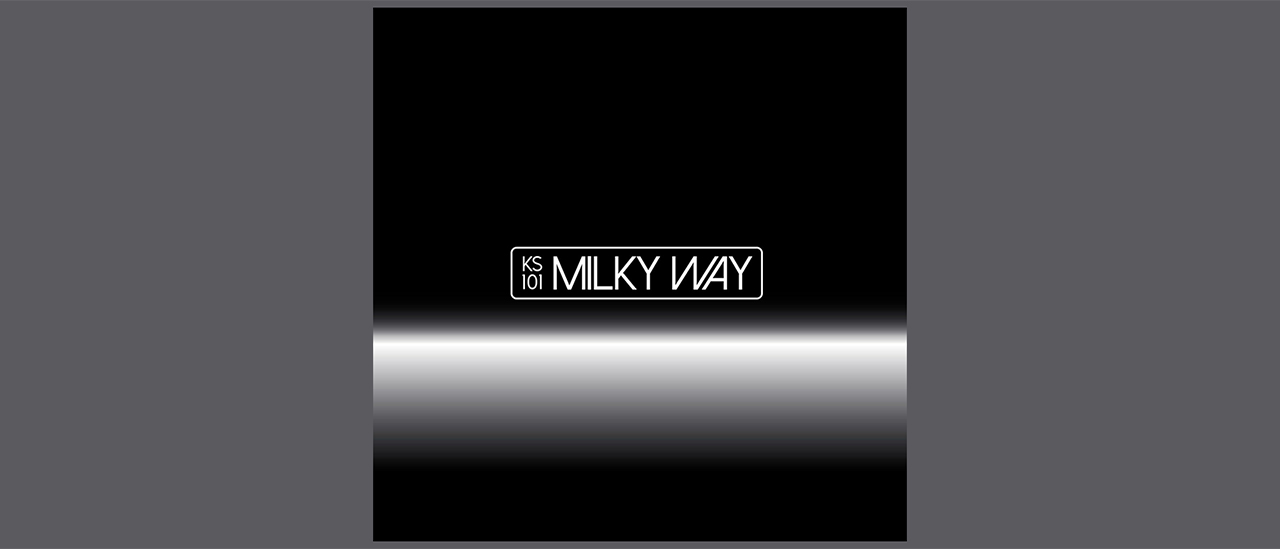Klaus Schulze’s 101 Milky Way was discovered by his record label when they were going through his tape vaults following his death in 2022. It had been commissioned as the soundtrack music for Hacker, a film about computer criminals. Only a fraction of it appeared in the movie, but Schulze had composed a full suite, coming in at a shade under 80 minutes.
From the late 60s, influenced by Pink Floyd and Jimi Hendrix, Schulze was the drummer in Psy Free and played on the self-titled 1971 debut of Ash Ra Tempel, whom he’d described as “space rock.” Schulze also played drums on Tangerine Dream’s 1970 debut Electronic Meditation; and with his friend Edgar Froese, he was one of the founders of the Berlin school of electronic music. His 70s solo albums were rather overshadowed by the unexpected commercial success of Tangerine Dream’s 1974 album, Phaedra.
Schulze moved from analogue electronica to digital, to making sonic collages of samples – but he insisted in interviews that although his way of producing music changed with technology, his musical ideas did not. And while 44 years separates them, there are similarities between 101 Milky Way and 1975’s classic Timewind album in his expansive use of ambience, drones and sequenced electronic rhythms.
This album is particularly recommended for those who enjoy the journey as much as the destination
101 Milky Way is a compelling journey which unfolds in a great structural arc. The opening section, Infinity, is a slow-moving drift of minor chords punctuated by distant vocals and synth notes spiralling skywards. At around 30 minutes in, during Multi, the intricate rhythmic elements coalesce and gain momentum with bubbling sequencers and panoramic synth sweeps.
While still underpinned by dolorous keyboards, it becomes mesmeric, subtly shifting over 20 odd minutes, with echoes of the sort of Intelligent Techno released on the Warp label in the mid-90s – which Schulze himself had influenced.
A ghost of a rhythm gradually gains form during Meta and re-emerges, embellished, in the closing Uni. One can feel the drummer’s sensibility: although it’s essentially a programmed groove in 4/4, it has a multilayered complexity, with enough rhythmic inflections to maintain interest, together with a mesh of elegant dancing melodic lines.
This album is particularly recommended for those who enjoy the journey as much as the destination – there’s not always a great deal to see en route, but the five and a half minutes of rhythm loop that rather lazily closes the album is the only superfluous element. One wonders what else they might unearth.
101 Milky Way is on sale now via SPV.



